

|


|
Tamiya WWI British Tank Mark IV Male - # 48214
|
Released by Tamiya on June 30, 2018, the 1/35 R/C WWI British Tank Mark IV Male (#48214) comes with a TTU-10 transmitter and MC-07 receiver/motor control unit.
The model is powered by two pre-assembled gearboxes and 130 motors, to control forward and rear motion, and a range of turns via the transmitter control sticks.
Four speeds can be selected.
Requires 8 x AAA batteries, and comes with 3 marking options: Glamorgan, G Battalion, Location unknown, 1918: H45 Hyacinth, H Battalion, near Ribécourt, France, November 1917: Black Arrow II, B Battalion, Fontaine-Notre-Dame, France, November 1917.
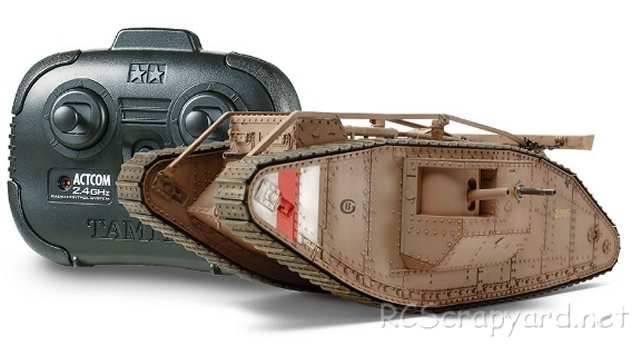
The Mark IV was the first mass-produced Tank launched by British army during "The Great War", now known as World War I. It first appeared as a development Tank, Mark I, with around 1,000 Tanks produced from March 1917. The Mark IV Male soon followed in May 1917, initially carrying three Lewis machine guns, but later was equipped with two QF 6-pdr 6-CWT guns. The Female version had five Lewis machine guns, but no 6-pdrs. In the Battle of Cambray in November 1917, a large-scale surprise attack was carried out with the aid of approximately 400 Mark IV Tanks, to relatively good effect, then in April 1918, was in action in the first ever tank battle against German A7V Tanks.








|
|
|

|
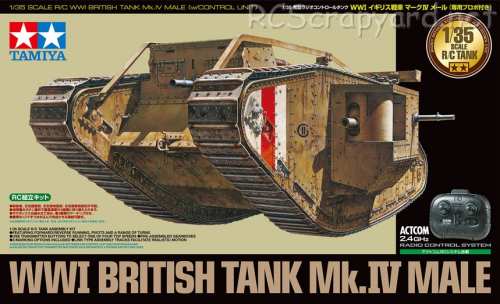
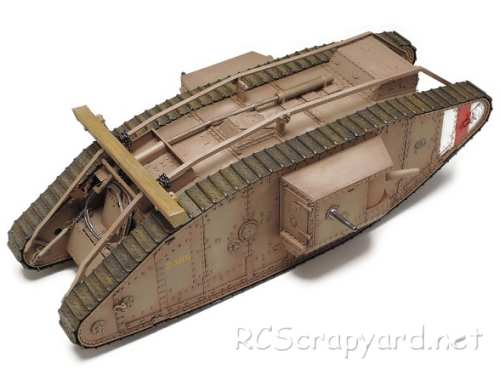
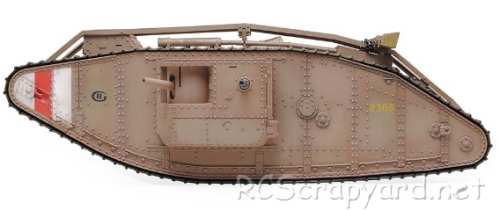
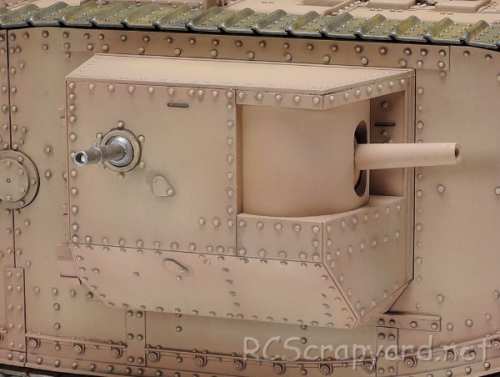
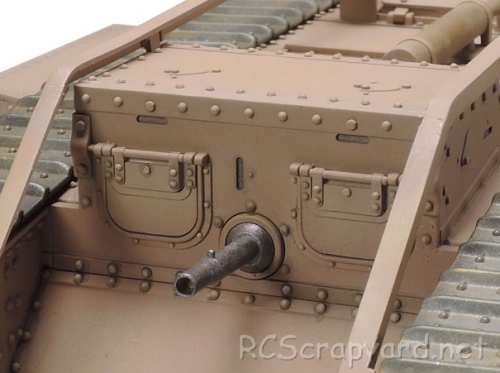
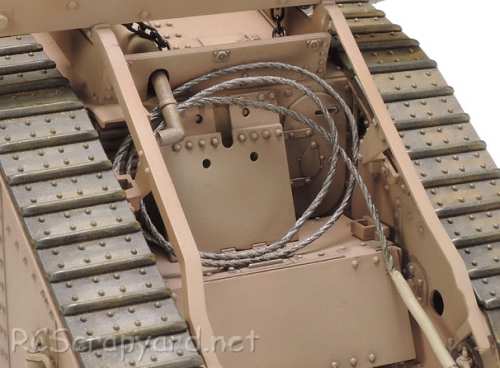
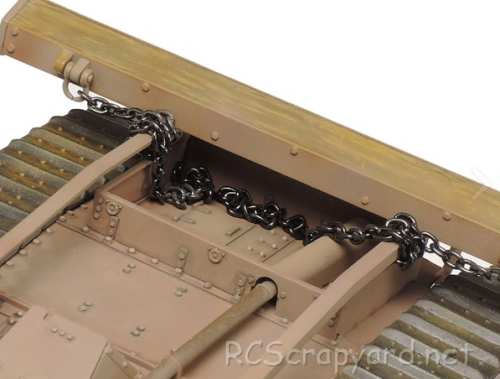
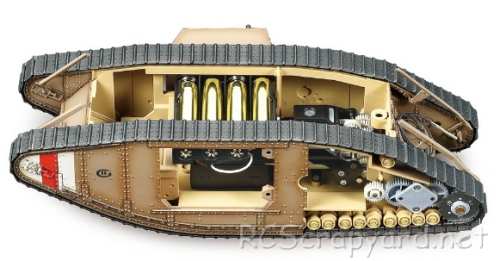
|
Hints, Tips and Information
How to avoid Radio Interference
1/ The first consideration when installing your Receiver into your Electrically Powered Model is to make sure it is well away from the Negative Battery terminal, and the Motor. The Magnetic field can cause stuttering type interference at times of high current draw (i.e., Fast Acceleration) |









|






|
|
|
|
Hints, Tips and Information Electric Motors for RC ModelsWinds and Turns
Q/ What does 15x2 or 17x3 mean? |
|
Hints, Tips and Information Rechargeable Batteries
|
|
RC Models:
|
Radio & Motors: |
Other
Accessories: |